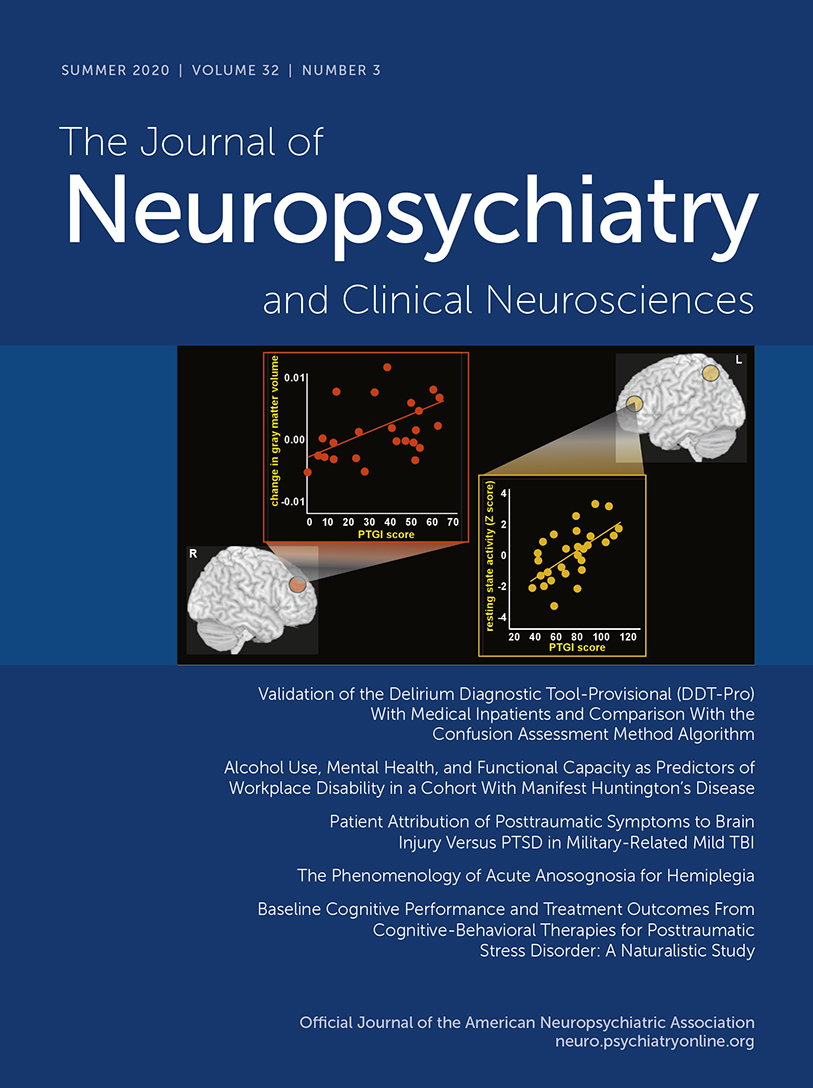The Phenomenology of Acute Anosognosia for Hemiplegia
Abstract
Objective:
After attempting to move a plegic limb, patients with anosognosia for hemiplegia (AHP) may claim that limb movement occurred, even though the limb remained motionless. The authors investigated the characteristics, natural history, and anatomical basis of AHP phenomenology.
Methods:
Twenty-nine right-hemisphere stroke patients with acute anosognosia for hemiplegia (AHP) were prospectively assessed for the presence and characteristics of movement claims and observable behavior during movement attempts.
Results:
AHP was transient, with the condition resolving in 68% of patients by 1 week. Patients made movement claims during 31% of unilateral movement attempts and 50% of bilateral movement attempts. Movement claims were idiosyncratic, lacked internal consistency within individual patients, and even dissociated from explicit denial, as several patients made movement claims after they began to explicitly acknowledge hemiplegia. Observable behavior during movement attempts revealed allochiria (moving the right arm instead of the left) in 31% of patients, signs of implicit knowledge of weakness in 24%, and intact intention in 34%. Lesion analysis revealed that allochiria was associated with inferior right parietal lobe damage.
Conclusions:
These results highlight that heterogeneity, phenomenological complexity, and transience are hallmarks of AHP. This advances clinical AHP assessment by showing that assessment of performance, rather than just verbal response, uncovers multiple dimensions of AHP. Allochiria emerges as an anatomically distinct subcomponent of the disorder. These findings also have theoretical implications, because they do not lend support to unitary pathogenic models proposing that illusions of movement or impaired intention form the basis of AHP. Most patients rapidly improve, which should invigorate the search for typical compensatory mechanisms underlying spontaneous recovery.



